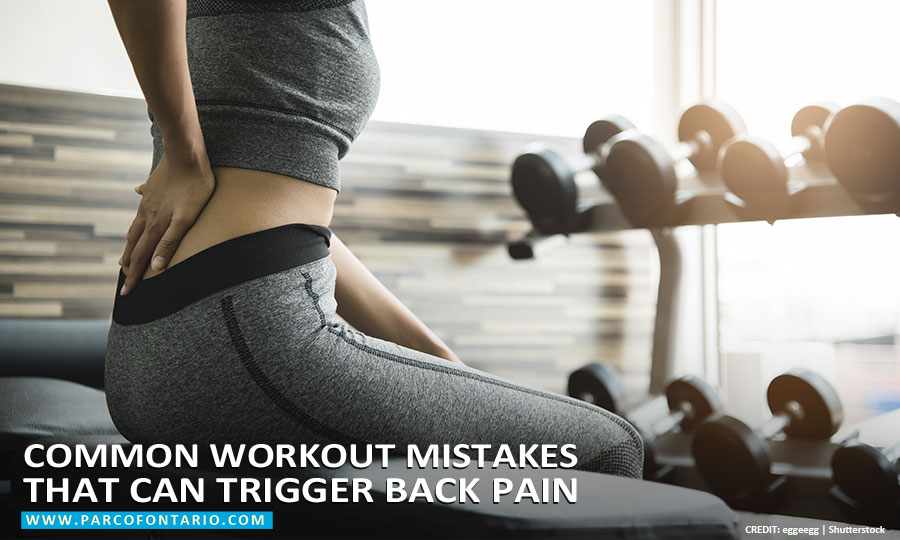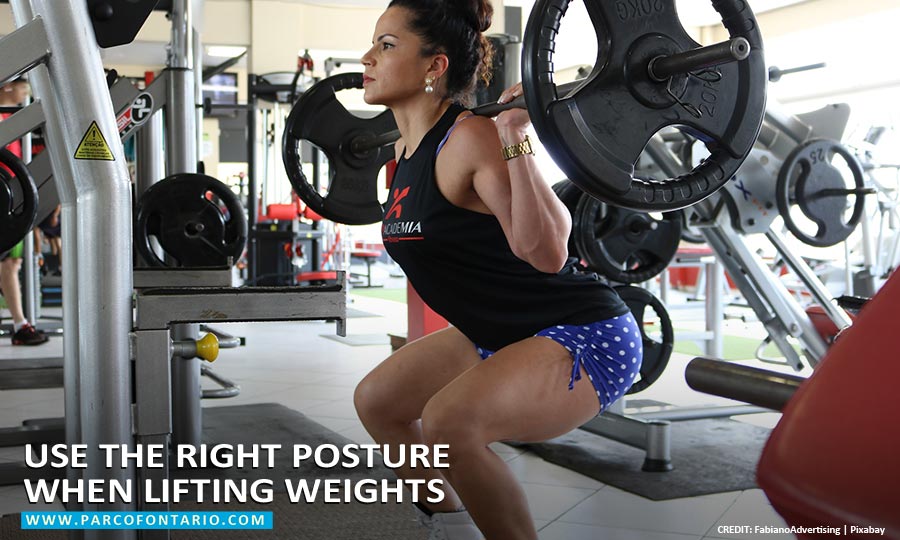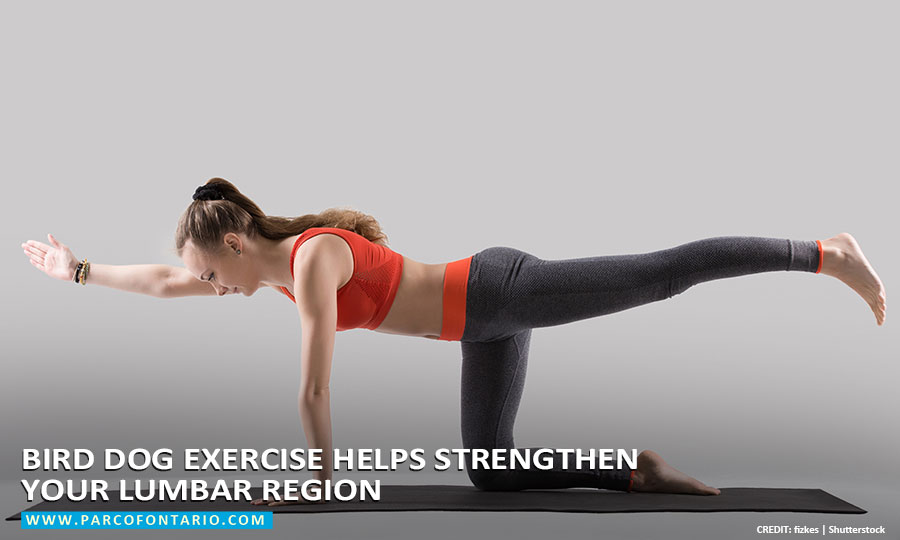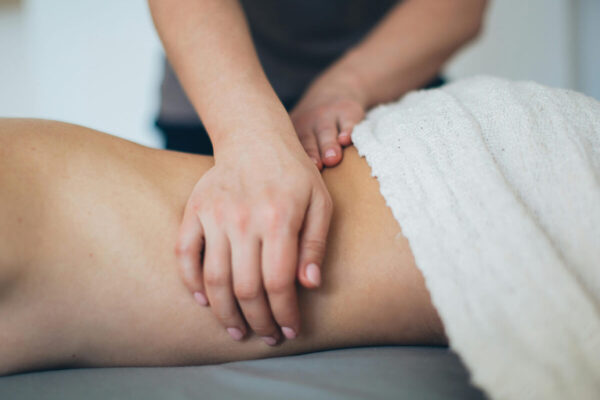Common Workout Mistakes That Can Trigger Back Pain

In Canada, back pain is one of the most common chronic conditions experienced by 4 out of 5 adults at some point in their lives. While exercise has been widely documented to help prevent back pain and support rehabilitation, in some cases, it has also been found that working out can have the opposite effect if done incorrectly.
If you experience back pain after an exercise, you might be working out the wrong way. Incorrect execution can have a detrimental impact on your long-term health.
To ensure safety and maximum benefit, make sure to check with your physician before starting any type of workout program if you have an existing back injury. For now, let us explore some of the most common exercise mistakes that could trigger or worsen your back.
- Not Warming Up Before Workout
Skipping warm-ups can trigger back pain. It helps prepare and condition muscles for workouts. Engaging in sudden strenuous tasks can cause strain and tears on your stiff and dormant muscles. Make sure to take a few minutes to perform some gentle, low-impact warm-up exercise before working out. However, keep in mind that warm-ups are not stretches. Warm-up exercises help increase blood flow to your muscles and increase the supply of oxygen in your blood.
Warm-ups do not equate to stretching. While stretching does not do much in preventing injury, it can cause injury when done wrong. When stretching before a workout, gently and gradually do these exercises after doing warm-ups. Otherwise, it can make your situation worse.
Your core muscles, which include your abs, glutes, and back muscles, help support your spine. When these muscles failed to provide sufficient support, it can result in more back pain. Your workout plan should be tailored to strengthen and increase the flexibility of these muscle groups.
- Lifting Too Heavy Weights
Many people experience back pain after lifting heavy weights. Some people are too eager to gain or tone their muscles that they start to add more weight sooner than their back is ready to handle. Starting with extremely heavy weights is a common beginner workout mistake. Make sure to start with a weight that you feel comfortable lifting. Do about 10 to 12 repetitions and then gradually add more weight.
- Poor Posture and Lifting Technique

In addition to lifting too heavy weights, poor lifting posture can subject your muscles and ligaments to injury, increasing your risk of lower back pain. Lifting weights with a rounded back can put your hips at an angle, resulting in more stress and strain. Additionally, avoid using momentum in moving the weights. Instead, be in control of the weights.
Many people do not experience pain in the back right away when working out. The injury only becomes evident over time due to doing the same motions over and over again. Repetitive motions or focusing on a single muscle group creates an imbalance and results in gradual tearing and inflammation of the muscle and joints. Your workout plan should include changes in movements from time to time and targets multiple muscle groups.
Everyone wants nice and sculptured abs. However, overdoing crunches may do your body more harm than good. Crunches work by engaging the hip flexors and activating the abdominal muscles. This causes the hip flexor to contract, which eventually tightens them.
When the hip flexors become tight, it pulls the lumbar spine forward, triggering back pain. If you are suffering from back pain, avoid crunches; instead, perform ab workouts that do not cause back pain.
Tips to Avoid Back Pain When Working Out
Lower back pain is a common problem during a workout if you have an existing back injury. However, there are several ways to prevent back pain and injury when exercising.
- Avoid Motions That Cause Pain
Stop exercising the moment you feel your back hurts. Experiencing pain while working out means it is time to rethink your plan. Make a list of “pain triggers” and avoid workout activities that trigger pain. Make sure to consult a physiotherapist for a pain-free workout plan.
- Strengthen or Train Your Lower Back Muscles

Your lumbar region is often at risk of lower back pain since it carries most of your body weight. That is why it is important to engage in lower back muscle strengthening exercises to reduce or prevent back pain and injuries.
Neglecting your lower back muscles while overdeveloping your abdominal muscles often leads to injuries. Bird dog, wall sits, and press-up back extensions, are good back pain relief exercises. Engaging in exercises for the lower back helps boost your sport and gym performance.
If you have just recovered from a back injury, start with gentle stretches to boost blood flow to your muscles to help them loosen before you proceed to your strength and range-of-motion training. If you experience no back pain, slowly engage in low-impact, moderate aerobic exercises, such as long-distance walking or swimming. However, talk to your healthcare provider before returning to a full-scale workout routine
- Never Commit the Same Mistake Twice
If your body is ready to get back to physical activities, consult a physiotherapist so they can make necessary adjustments to your workout routine to prevent the reoccurrence of injury. They can guide and provide you with some techniques that can help avoid overusing muscle groups. They can also add more core strengthening exercises and lower back stretches to your exercise or training program.
- Look out for Signs of a More Severe Problem
You may have completely recovered from back pain and injury, but you suddenly experienced pain that radiates down into the leg, or numbness (or sometimes tingling) in your extremities, seek back pain treatment right away as they can indicate a more serious health problem.
Do not let back pain and injury prevent you from working out. The Physiotherapy and Rehabilitation Centres (PARC) of Ontario offers back pain physiotherapy exercises for Mississauga patients to help improve their physical performance and overall body functions. Call us today at (905) 897-2092 to book an appointment. Our warm and friendly staff are ready to answer all your questions and concerns about our physiotherapy services.






